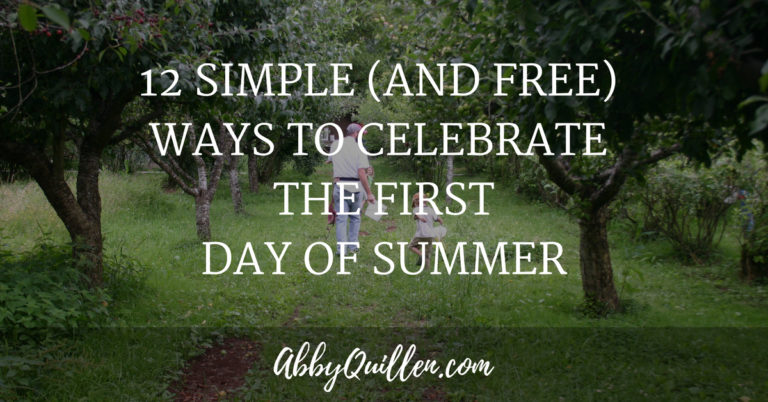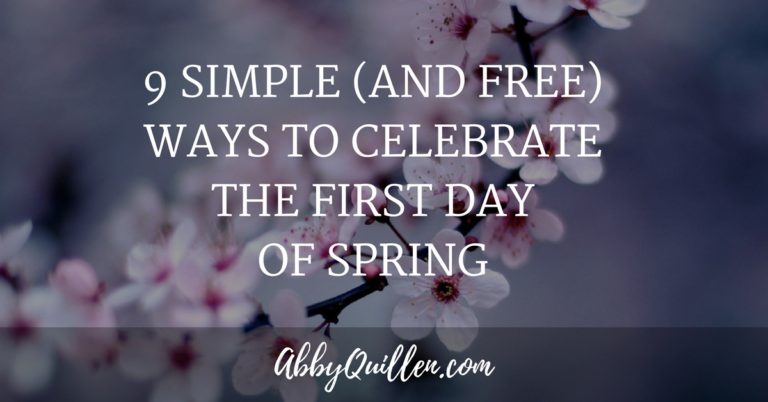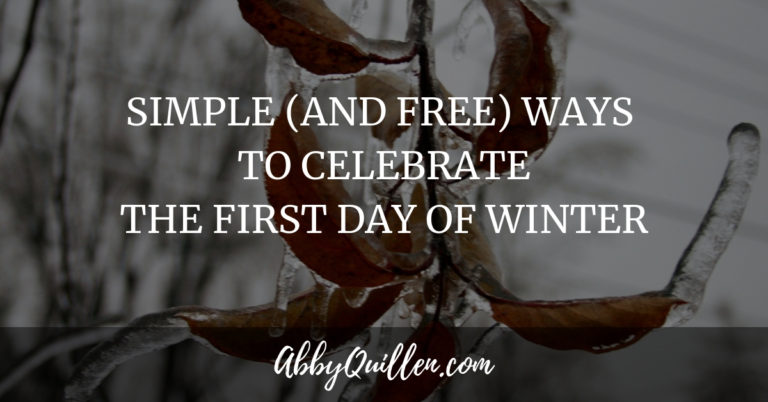12 Simple (and Free) Ways to Celebrate the First Day of Summer
Summer solstice, or Midsummer’s Day, is June 21. It’s the longest day of the year in the Northern Hemisphere when we enjoy the most sunlight and the shortest night. The sun rises to its maximum height, bathing the Arctic Circle – including parts of Sweden, Finland, Norway, and all of Iceland – in twenty-four hours…


